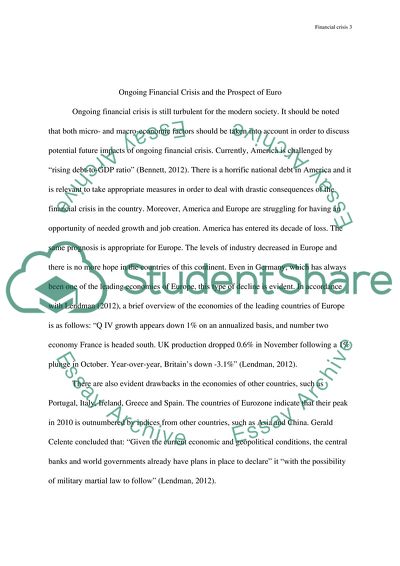Cite this document
(Ongoing Financial Crisis and the Prospect of Euro Essay, n.d.)
Ongoing Financial Crisis and the Prospect of Euro Essay. https://studentshare.org/macro-microeconomics/1776179-ongoing-financial-crisis-and-the-prospect-of-euro
Ongoing Financial Crisis and the Prospect of Euro Essay. https://studentshare.org/macro-microeconomics/1776179-ongoing-financial-crisis-and-the-prospect-of-euro
(Ongoing Financial Crisis and the Prospect of Euro Essay)
Ongoing Financial Crisis and the Prospect of Euro Essay. https://studentshare.org/macro-microeconomics/1776179-ongoing-financial-crisis-and-the-prospect-of-euro.
Ongoing Financial Crisis and the Prospect of Euro Essay. https://studentshare.org/macro-microeconomics/1776179-ongoing-financial-crisis-and-the-prospect-of-euro.
“Ongoing Financial Crisis and the Prospect of Euro Essay”. https://studentshare.org/macro-microeconomics/1776179-ongoing-financial-crisis-and-the-prospect-of-euro.


